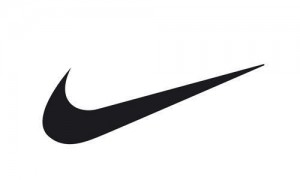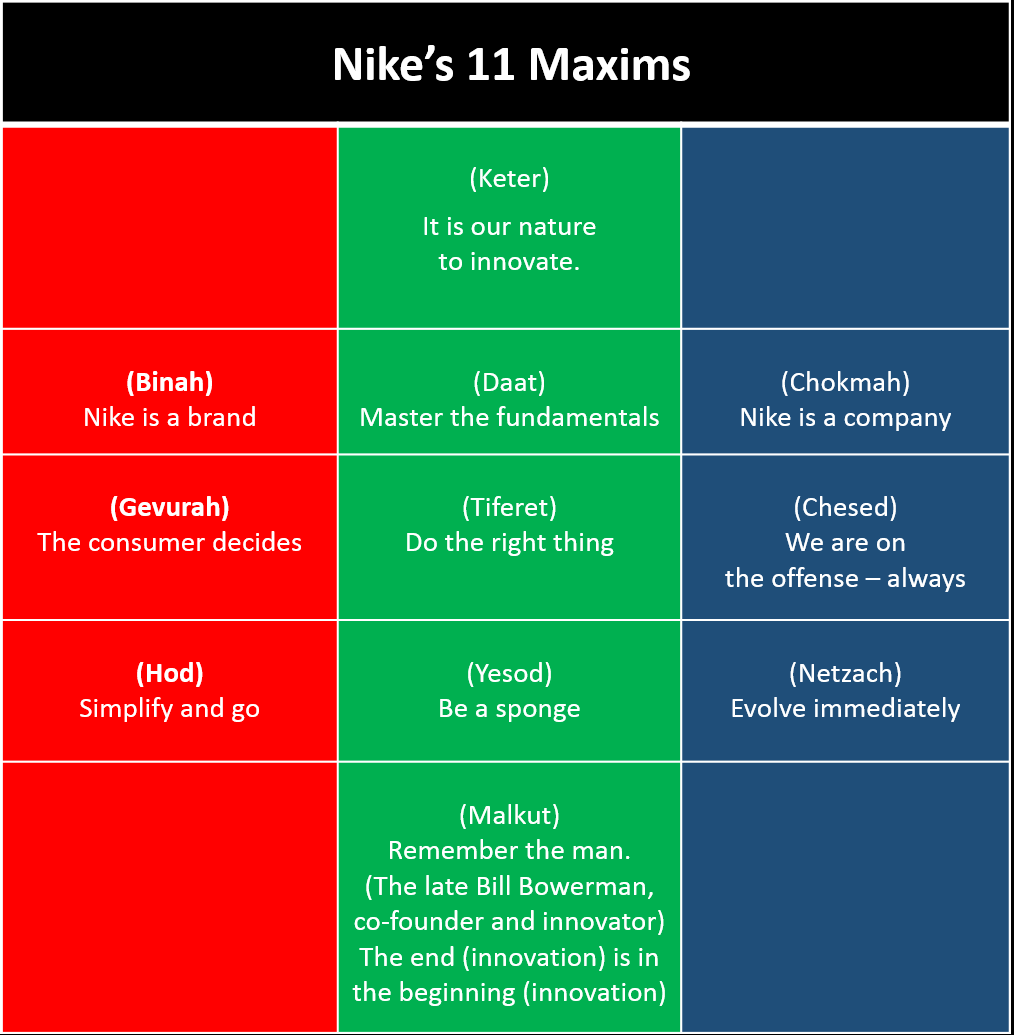Before answering that – I have a theory. There’s two parts to it.
The first part is a basic axiom of Torah. Everything in creations functions along the design of the B’tzelem Elohim, the “Image of G-d.” This is the ‘spiritual schematic’ of how things are connected and it applies at all levels; mineral, vegetable, animal and human, as well as physical, emotional, intellectual and spiritual within the human experience.
The second part is where the actual ‘theory’ comes in. There are some things in our world that seem to connect with a lot of people and even last a long time in the popular culture. I believe that when something ‘happens’ to strongly align with deep Torah principles (as explained in kabbalah) they will ‘ring true’ with a wide cross section of humans.
A lot of these things come from the arts, as these are some of the most direct ways humans express what is “inside them” – and the more “inside” we go, the closer we get to that “Image of G-d.” How many times have people been moved by the lyrics of a song – yet each person ‘interprets’ those words as they relate to their own personal experiences – perhaps quite differently than what the song writer had in mind as he/she set their thoughts to music.
One specific example from movies is The Matrix movies, for which we have a study in this section. People of all walks of life were fascinated by these films. More significantly, the ‘spiritual themes’ attracted folks from almost every religious perspective. Catholics, Evangelicals, Buddhists and New Agers all felt some deep connection, especially to the more ‘messianic’ ideas in the stories.
Another type of popularity is the Winnie the Pooh characters and stories which Disney began promoting over 50 years ago. The adventures of Pooh have been translated into more than 50 languages, including Afrikaans, Czech, Finnish, Yiddish and even Latin (“Winnie Ille Pu”) which is the only Latin book to ever make the NY Times bestseller list, remaining there for 20 weeks. Pooh and friends remain as popular with children and parents today with movies, cartoons, books and dolls as they every have been. We will have an article on the “kabbalah of Pooh” appearing soon. Suffice to say, the ten major characters align with the Ten Sefirot!
So what’s this got to do with a footwear company?
 Nike is hugely successful. They lead their industry with over $30 billion in sales in 2015 and are growing – expecting to hit $36 billion by 2017, As impressive as that sounds, what really gets me is the ‘shwoosh’ – that ‘check mark’ logo you see EVERYWHERE (since 1971).
Nike is hugely successful. They lead their industry with over $30 billion in sales in 2015 and are growing – expecting to hit $36 billion by 2017, As impressive as that sounds, what really gets me is the ‘shwoosh’ – that ‘check mark’ logo you see EVERYWHERE (since 1971).
Can you imagine a board room of executives pondering what their official logo should look like. Something that would be ‘original’ and ‘innovative’ and ‘really carry their message across to the public’ … and someone holds up this image and says, “I know! How about this?”
How did they pull this off? We see this silly thing all over the place and we KNOW, “It’s Nike. And that means it’s good.”
It’s amazing what they’ve accomplished – so i decided to do a little investigative work to see if my ‘theory’ had application here. As numbers have meaning in Torah, we’re going to look at five of them: 1, 2, 3, 4 and 11 (which is really 10, which I will explain later!)
First, we will look at 1 and 2 together as they emanate from the same source – Nike’s mission statement – which has two parts to it.
Here’s how they present it, asterisk included:
To bring inspiration and innovation to every athlete* in the world.
* If you have a body, you are an athlete.
Nike does two things here. First is the principle of “1” – singularity. Who is their customer? Anyone with a body. So much for spending millions to figure out what your market is. Everything is in this oneness, but it’s ‘beyond’ what we directly deal with. (Just as the customer is ‘beyond’ the actual workings of the company.) This is the principle of Keter, the first of the Sefirot.
More subtle is the principle of “2.” They are bringing two things to “everyone” (with a body) and those are “inspiration” and “innovation.”
Let’s first look at some dictionary definitions:
- Inspiration: a force or influence that inspires someone
- Innovation: a new method, idea, product, etc.
The essential difference between the two is Inspiration precedes innovation. It comes from “out of nowhere.” Innovation takes this singular spark of an idea and begins to break it down. These relate precisely to the traits of Chokmah and Binah – Wisdom and Understanding. (See our home page for links to basic kabbalah lessons on Aish or Chabad for more info.)
So perhaps without knowing it, Nike has tapped into these two emanations – the “Yod” and the “Hey” of the 4-letter Name of G-d, which are also seen as ‘together.’
Now we come to ‘3.’ Here we look at Nike’s three foundational pieces of their brand:
Product – Nike has stayed true to their founding mission by continually creating quality products for athletes with a focus on making them better.
Endorsements – Nike has spent huge sums of money to attract and hold the most iconic athletes in the world to be the face of the brand in action.
Culture – Nike has consistently amplified its voice through provocative entries into pop culture through entertainment and social issues.
What we have here can be seen as the next three Sefirot.
On the “left” side of “restriction” (Gevurah & Hod) is product. Everything Nike produces is made to ‘exact’ quality specifications.
On the “right” side of “expansion” (Chesed & Netzach) is Culture. This is the side of creative thinking – the ‘provocative entries’ spoken of.
And in the center are harmony and connectivity (Tiferet & Yesod) which are the celebrities who provide the charisma and unite the two sides.
Next is “4” – in this case the “4 Worlds of Creation” (Atzilut, Beriah, Yetzirah, Asiyah)
Nike has what they call, “Four Core Principles for Management,” which happen to align with attributes associated with each world:
- Inspire = Atzilut, inspiration coming from ‘beyond creation/Beriah’
- Lead = Beriah, based on innovative thinking & planning
- Coach = Yetzirah, the interpersonal, synergistic connection
- Drive = Asiyah, the dogged determination of ‘getting things done’
(See our study on “Connectedness” for more on these themes.)
Finally we come to that number 11, which as mentioned is really 10. Nike has what they call their “11 Maxims.” This is where it really gets weird. Ten of Nike’s Maxims align with the ten Sefirot, and the 11th is a perfect description of ‘Da’at’ which is the ’11th’ when Keter is not discussed. Da’at is ‘knowledge’ with the sense of making a connection, which happens once you master one level and acquire access to the next.
Below are the Sefirot with one of Nike’s Maxims below each.
Is this all just ‘coincidence?’ Or might the theory have validity and explain Nike’s continuing popularity? Personally, I like how innovation begins and ends the cycle. Here, Keter is the “nature” or “source” to innovate. Malkhut brings innovation down to the man, the innovator and founder of Nike.
Which just goes to show, “The end is embedded in the beginning and the beginning in the end,” as is taught in Sefer Yetzirah.

